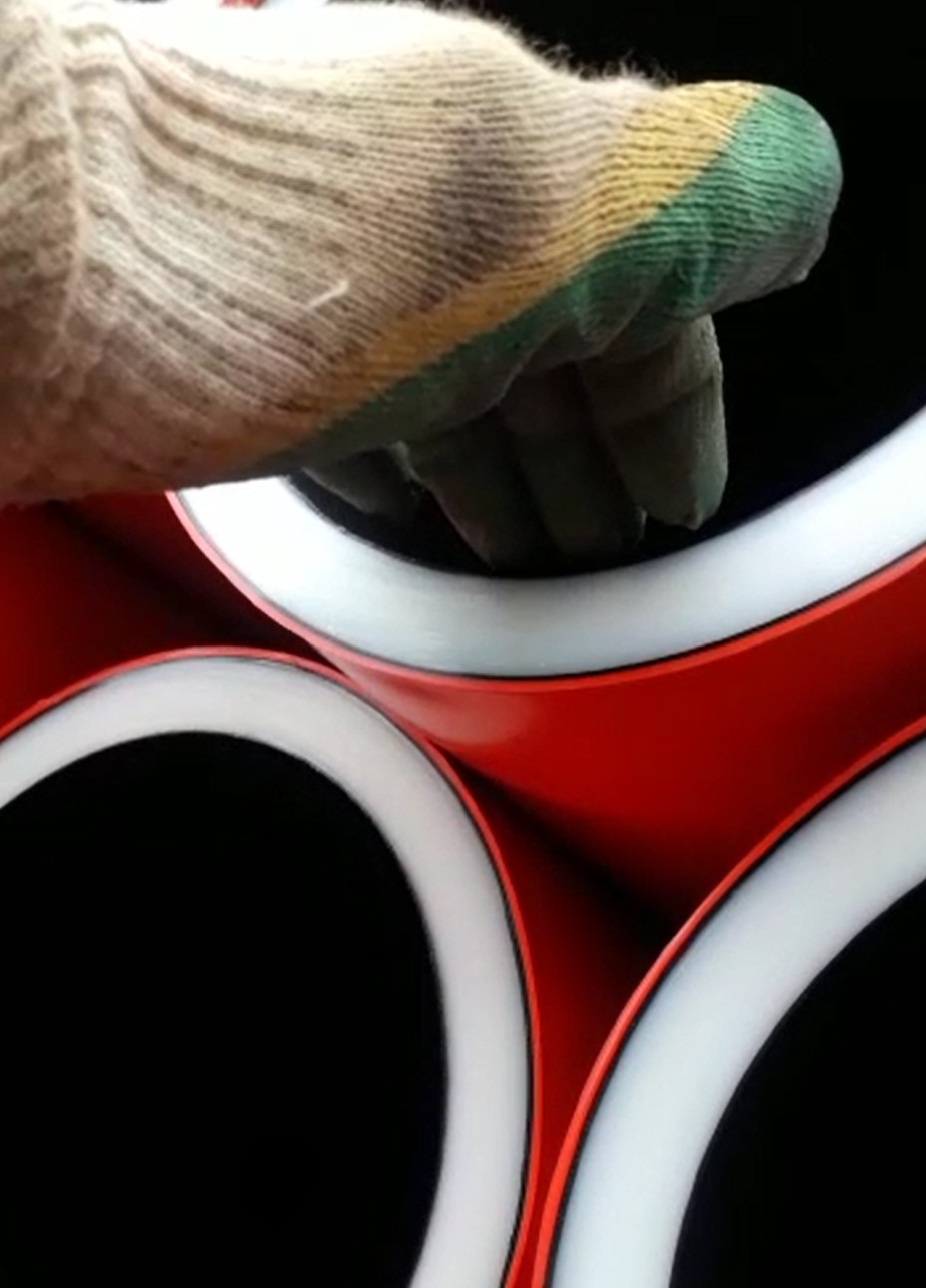
Cable and pipe sparks
If the outer sheath of the cable is damaged, water can penetrate into the cable, and this will lead to the defects in the XLPE insulation, followed by its breakdown (that is cable will get a short circuit). Therefore, it is important to monitor the condition of the outer sheath of the cable, preventing the operation of the cable with a damaged outer sheath.
The outer sheath is checked by applying a DC voltage from 5 to 10 kV between the metallic screen and the ground for a period of 1 min. If the sheath is damaged, then a circuit for current appears (DC source –> screen –> place of damage to the sheath –> ground -> DC source) and a direct current passes through this circuit. Upon the appearance of the current, it is concluded that the sheath is damaged and in need of repair.
Unfortunately, there are difficulties with such tests in cases where the cable does not contact the ground. It happens:
1️⃣ When laying cables in pipes (ducts, conduits).
2️⃣ When laying cables above the ground on some kind of overpasses.
The problem can be solved by using a semi-conductive (graphite etc) layer that can be applied:
✅On the outer surface of the cable (during cable production).
✅On the inner surface of the pipe (during pipe production).
The presence of a semi-conductive layer outside the cable or inside the pipe is good for testing the cable outer sheath, but may carry risks during the installation of the cable line.
For example, the video shows how pipes spark when a cable line is built near a operating overhead line. These sparks are a consequence of the AC 50 Hz voltage on the pipes. This AC voltage appears due to an electric field (not a magnetic field) of the overhead line next to the cable line.
When there is an overhead line above us, we have a kind of voltage divider. It consists of two consecutive capacitanances C1 and C2:
C1 = “ovehead wire –> pipe”,
C2 = “pipe –> grounded man”.
Be careful when installing cables and pipes (ducts, conduits)!
